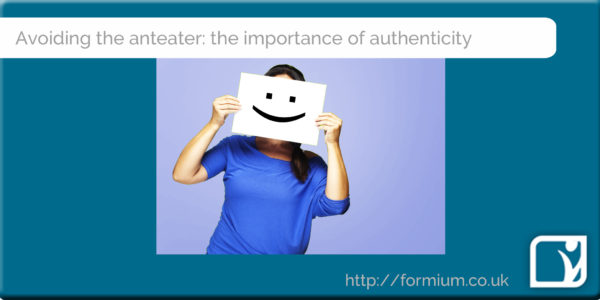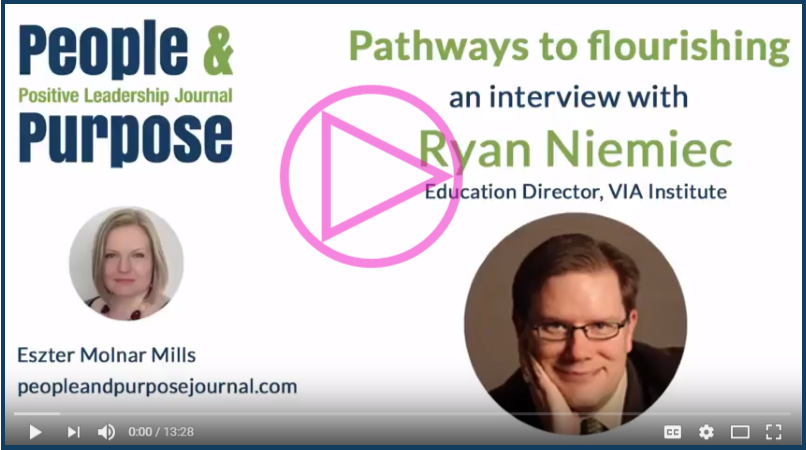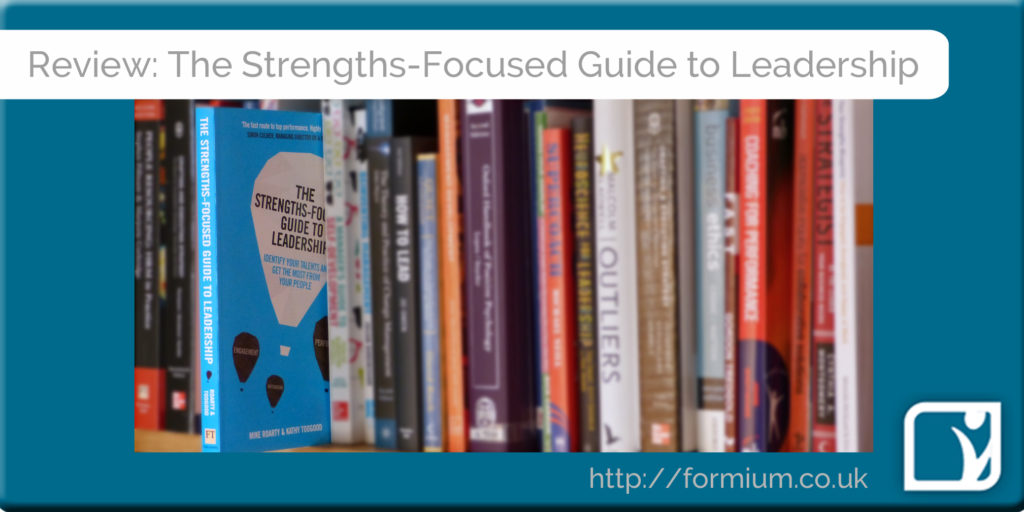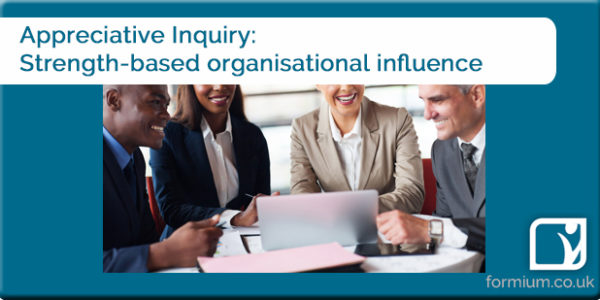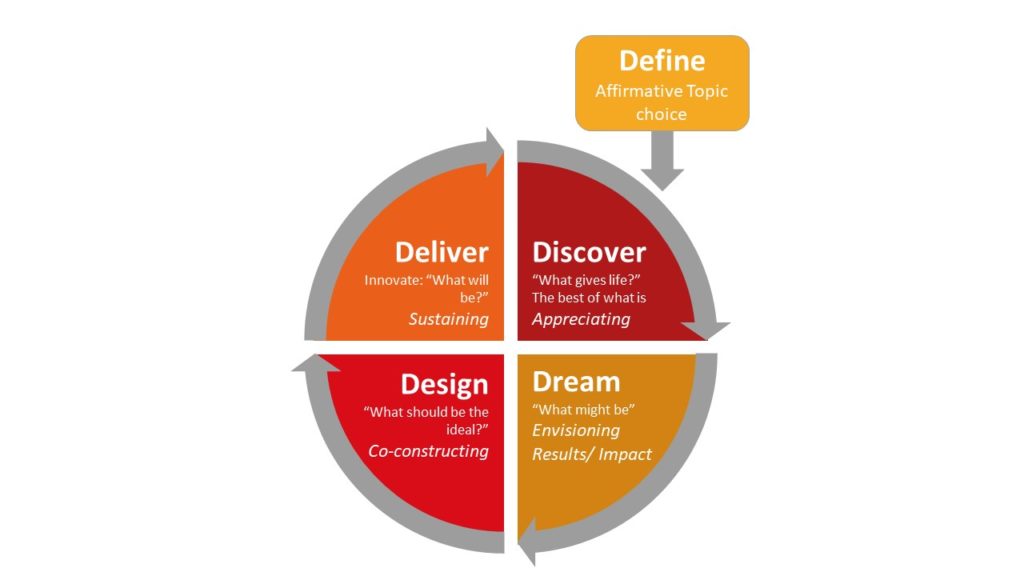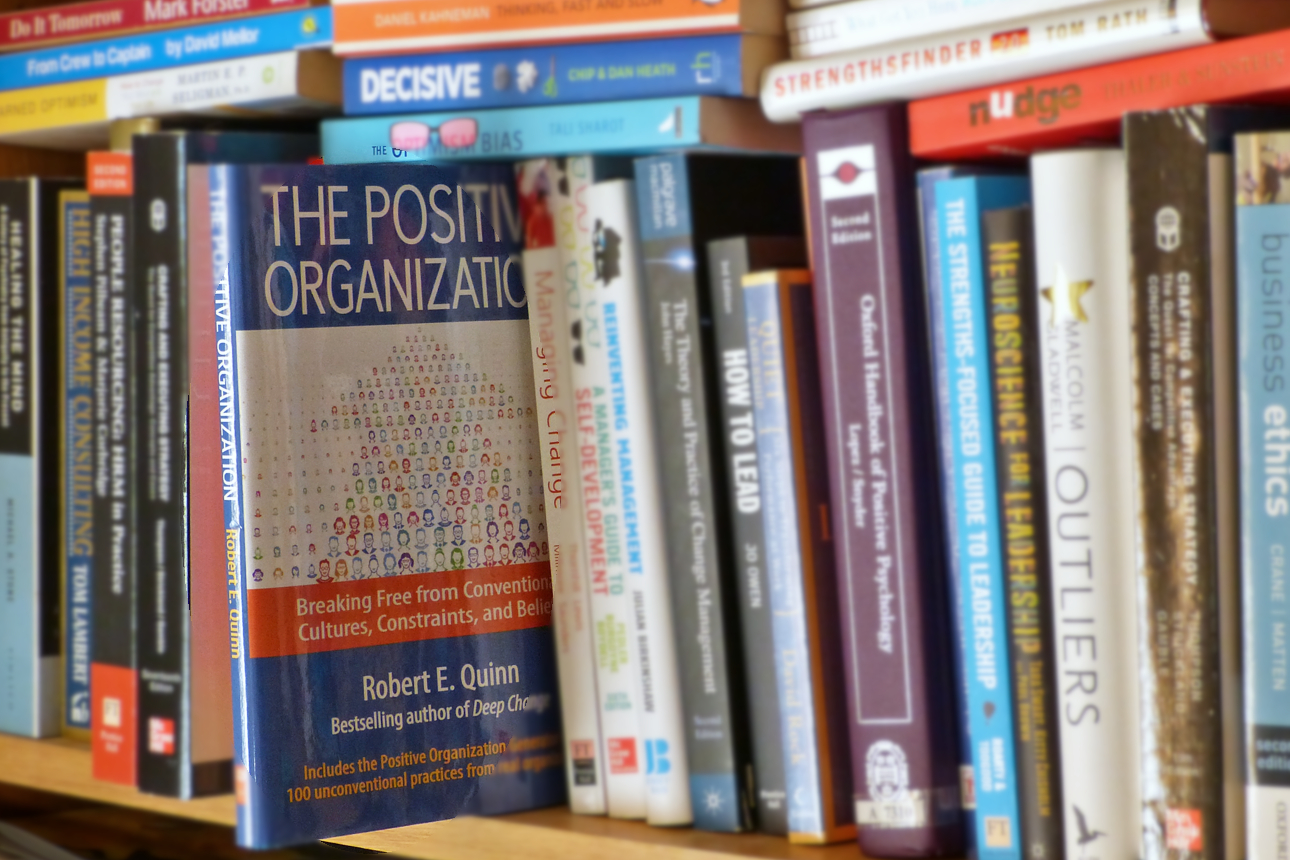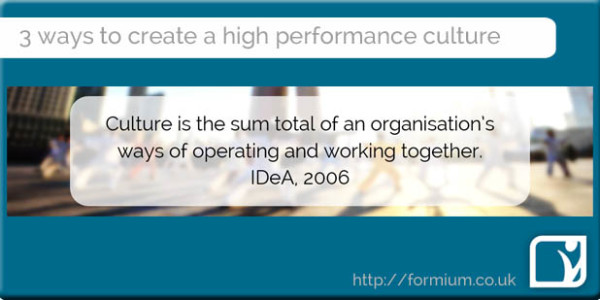“Meetings are the bane of everyone’s life. No-one likes meetings. Nothing ever gets done”
This appears to be the mantra of many a corporate warrior, and it is always interesting to see how different companies and industries try to break this view. So I particularly enjoyed an article in The Guardian newspaper about team meetings and the weird and wonderful ideas that are being used to keep them relevant and on-track.
While some of these ideas look like they could only really exist in Silicon Valley, there is a consistent message – how do you make your meetings productive, relevant, engaging and on-time? And while this question has been kicking around forever – probably since the first cave-people sat down to work out how they were going to kill a woolly mammoth – it is even more relevant in today’s world of remote teams, flexible work patterns, video and phone conferences.
I do a lot of work helping teams with their performance, and in my career have sat through my fair share of meetings. I will share with you my simple formula for successful meetings – plan,clarify, facilitate, support.
1. Plan
Whether you’re leading the meeting or not, time spent planning pays dividends. What are you going to get out of the meeting? Are you going to share information, for ideas, for decisions, to build team spirit, or to observe your team’s performance? What do you need to make it run smoothly? Who needs to be there and what role will each participant play?
2. Clarify
Make sure you and everyone in the meeting knows the purpose:
- Why are we here? What is the purpose of the meeting as a whole, and each of the items on the agenda? Make sure everyone knows what is going on – having clear goals gives you structure, keeps everyone on track, and stops people going off on cross-purposes.
- Why am I here? So often people switch off because they don’t think what is being discussed is relevant to them, or they don’t see the bigger picture. Take time to ensure each item is presented so that everyone feels involved and buys into the conversation.
3. Facilitate, don’t dictate
It is a team meeting, not your meeting. If you take more of a back seat you can encourage:
- Ownership and personal development by having your team members take ‘meeting management’ roles such as chairing the meeting, time keeping or taking minutes.
- Accountability by having the focus of the meeting on team members reporting back on their performance, on the agenda items, on their issues.
- Group accountability by encouraging all members to ask questions of each other. A team meeting is not a series of conversations between you and your team members.
4. Support each other
You might need first to do some team building or thinking about how to structure the meeting for this to work, especially if you have a really competitive team! Think about how you can build the meeting around getting support from:
- You as the team leader
- Each other
- The organisation (e.g. training or feeding upwards on changes to policy / practice)
Focusing on support in this way helps you keep the meeting focused on positive solutions, not complaints and negativity.
The missing factors
There’s also another really important point that I think some of the ideas and attitudes in the article are missing. They focus so much on ensuring the meeting is not wasting time, there is a risk that this is overplayed to the detriment of social interaction. Especially with dispersed teams or infrequent meetings, don’t neglect the social side.
What could you do to help your team members get to know and trust each other?
- Always be in the room 5 minutes early to have a quick chat
- Occasionally add in a team building exercise: quick quiz, craft challenge, presentation from each member on a non-work topic.
And it’s not just a loss of social interaction. If project team meetings adopt the extreme position of ‘leave if it is not relevant to you’ you miss out the chance for innovative thinking or learning from each other. Or your meeting could come up with a great idea which falls apart immediately another department looks at it.
Help is at hand
If you want to know more about developing teams, I’m leading a session hosted by the Chartered Management Institute in London, on 19th November. I’ll share the techniques, models and ideas that I’ve used to help managers build high-performing teams. You don’t have to be a CMI member to attend, just follow the link: Developing Successful Teams
For an engaging and practical guide on team effectiveness and collaboration, I’d recommend starting with Patrick Lencioni’s Overcoming the Five Dysfunctions of a Team [Amazon UK affiliate link]
If you want bespoke help on effective team meetings and building strong teams, then click here to see how you can work with me and the coaches and facilitators at Formium Development.
FREE STUFF !
Our Positive Team Meeting checklist has really helpful guidance that is easy-to-use and practical.
If you’re interested in team building, then check out our 10 Actions to build a strong team – top tips for helping you use a strengths approach to build better teams.


